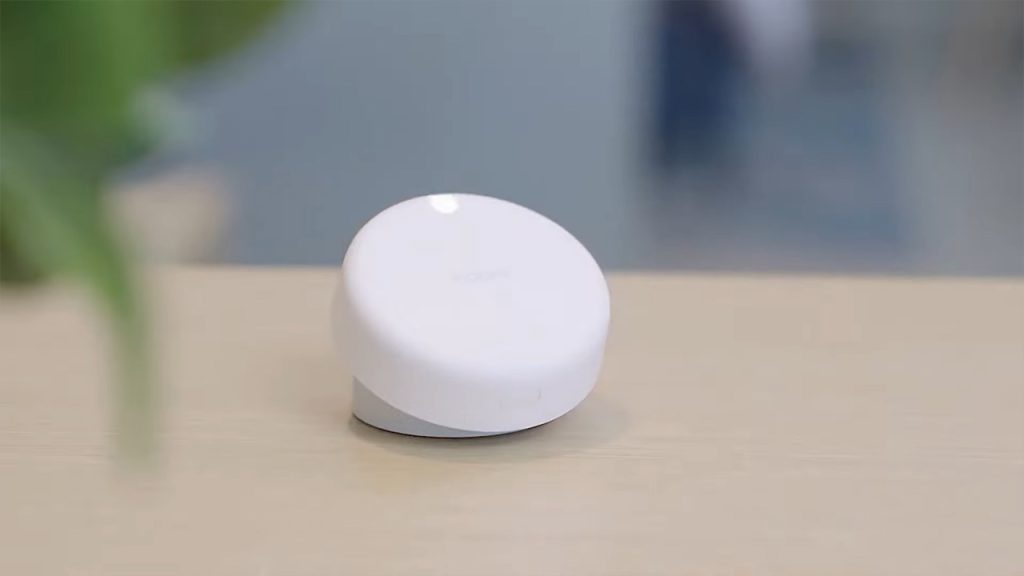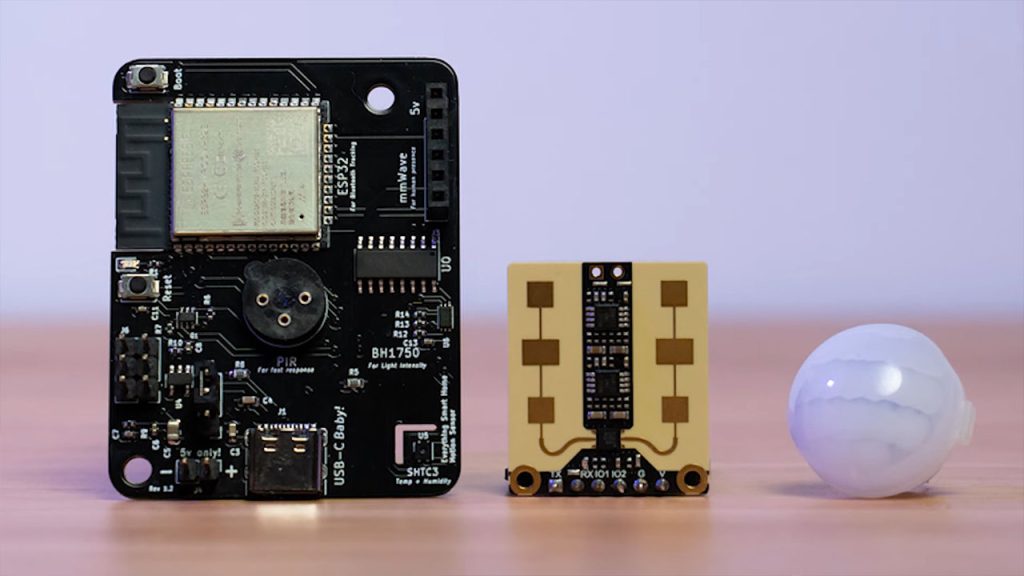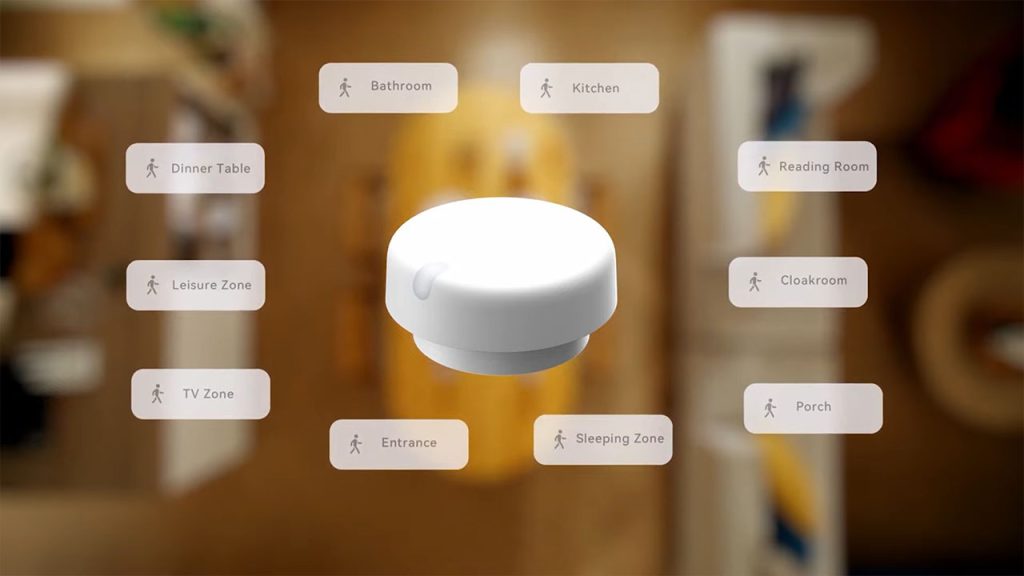From enhancing home security to facilitating automation, home motion sensors represent an intelligent approach to safeguarding your smart home. Among some of the best motion detection devices, Everything Presence One and Aqra FP2 are the two prominent contenders.
But which one performs the best? Everything Presence One (EP1) is better for users who prioritize fast and precise motion detection and do not require customizable detection zones. Aqara FP2 is better for those willing to invest in a more advanced sensor with customizable detection zones and a sleek design. The choice depends on individual needs and budget.
Everything Presence One Vs Aqara FP2
Now before we talk about the design, it’s essential to acknowledge the origins of these products. The EP1 was designed by a content creator named Lewis, who is a smart home enthusiast and runs a YouTube channel named “Everything Smart Home,” while the FP2 came from the renowned manufacturing powerhouse, Aqara.
Let’s compare two of the prominent presence sensors, Everything Presence One and Aqara FP2. Let’s find out.
| Specification | Everything Presence One | Aqara FP2 |
| Sensor Type | mmWave Radar + Passive Infrared | 64 GHz mmWave Radar |
| Additional Sensor | Passive Infrared Sensor | – |
| Detection Zones | Not customizable | Up to 30 zones |
| Mounting Options | Rotating stand with adhesive | Magnetic base |
Design
In terms of shape, the EP1 exhibits a robust, rectangular layout, complemented by a sizeable leg stand. Notably, this stand offers impressive flexibility, affording users the freedom to rotate it to their preference. An intriguing feature lies beneath the surface: a flat area that accommodates adhesive stickers, providing an alternative to traditional screws for mounting.
Contrasting this, the FP2 presents a stationary base stand that lacks rotational capability, yet possesses an innovative magnetic attribute. So you can just avoid the hassle of screw-based installation just by simply putting it on a metallic surface. The FP2 boasts a notably compact, circular design, which exudes a well-thought-out aesthetic. Although rotation is absent, the FP2 compensates with a slight tilt function.

In terms of design flexibility, the EP1 takes the lead, primarily due to its adaptable, rotating mounting stand. This feature facilitates diverse positioning options, contributing to its versatility. On the other hand, the FP2 claims an advantage in aesthetics. The smaller, circular profile of the FP2, coupled with its magnetic base, offers a more refined appearance.
Ultimately, the choice between EP1 and FP2 depends on personal priorities. Those valuing design adaptability might lean toward the EP1 with its rotating stand, while those emphasizing aesthetics could find the FP2’s sleek circular design more appealing. As we explore further, a complete reflection will definitely give us a clear idea of which device aligns better with individual preferences and functional needs.

Performance and Specs
Transitioning our focus from aesthetics to functionality, it’s time to take a look at the performance and the core components that drive these devices. The EP1 employs a 24-gigahertz mmWave Radar sensor, while its counterpart, the FP2, integrates a more potent 64-gigahertz mmWave Radar. On the surface, one might naturally assume that the FP2’s heightened sensor capacity would result in superior performance compared to the EP1. However, this conventional assumption doesn’t necessarily hold true in this context.
Despite featuring a less robust sensor on the EP1 it gains a significant edge through the incorporation of an additional Passive Infrared sensor. This intriguing fusion of sensing technologies has been highlighted by sources such as @SmartHomeScene, underscoring the synergistic relationship between these sensors. This collaboration yields not only expedited motion detection but also remarkably precise static presence detection. Consequently, the EP1’s combination of sensor types empowers it to surpass the Aqara FP2 in terms of both speed and precision.

However, a notable feature that sets the EP1 apart is its absence of customizable detection zones. The dedicated app allows users to personalize up to 30 detection zones, further divided into a maximum of 320 cells, a functionality lacking in EP1. Within this designated area, the FP2 exhibits its prowess by being able to detect up to 5 individuals simultaneously. While the EP1 benefits from its dual sensor configuration, rendering it faster in detection, it falls short in handling advanced features like detection zones. So in terms of comprehensive features, the Aqara FP2 unmistakably takes the lead. It’s essential to note, though, that the EP1 still boasts unmatched speed in discerning the presence of people, making it a standout in that aspect.
Final Verdict
Now, before we jump to a conclusion, let’s take a look at the price tag. Aqara Presence Sensor FP2 costs almost the double price of EP1..
In the end, for those who are looking for affordable presence detection with a solid response rate the EP1 definitely valued the most. On the other hand, if the price doesn’t bother you and want more advanced features, then Aqara FP2 is undoubtedly the way to go.







